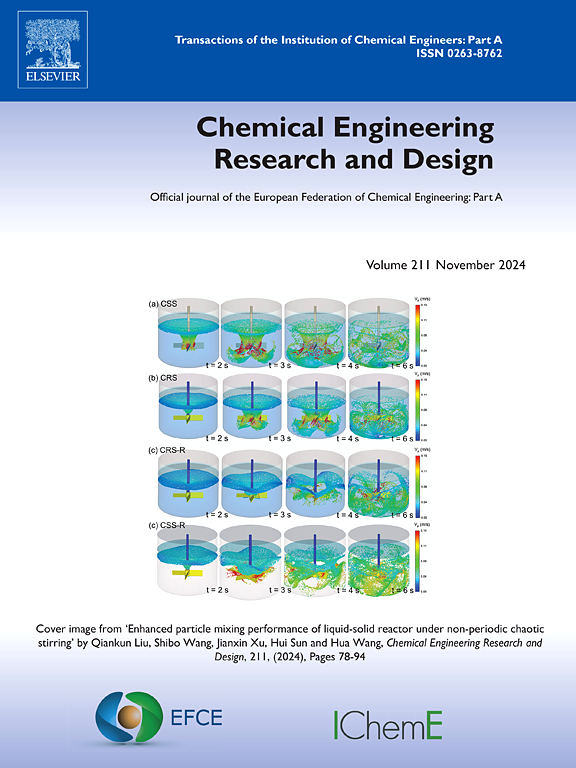Machine learning models for vapor-liquid equilibrium of binary mixtures: State of the art and future opportunities
IF 3.7
3区 工程技术
Q2 ENGINEERING, CHEMICAL
引用次数: 0
Abstract
Machine Learning (ML) models, especially, Artificial Neural Networks (ANNs) are widely used in chemical processes modeling and also have been used for vapor-liquid equilibrium (VLE) determination. Despite, a comprehensive review for this topic was never written. In this review article we intend to present to the interested reader a review regarding the technical details of ANN modeling of VLE for binary mixtures, such as: direct or indirect VLE estimation, ANN type, inputs and outputs, training algorithm, activation functions, objective function, target mixtures, number of mixtures, data division, best structure found and main results. Based on the compilation of results obtained from selected articles, an evolution of research in the application of ML for modeling VLE of binary mixtures was provided. Within this context, we could show that most of the studies considered mixtures with one component remaining fixed, containing 8–10 mixtures on average. Also, that the best results were obtained by using linear activation function in the output layer and one hidden layer. Finally, with the analysis of the technical details, this work also presented the limitations in the field and opportunities for future research.
二元混合物汽液平衡的机器学习模型:技术现状与未来机遇
机器学习(ML)模型,尤其是人工神经网络(ANN)被广泛应用于化学过程建模,也被用于气液平衡(VLE)测定。尽管如此,关于这一主题的全面综述却从未写过。在这篇综述文章中,我们打算向感兴趣的读者介绍有关二元混合物 VLE 的 ANN 建模的技术细节,例如:直接或间接 VLE 估算、ANN 类型、输入和输出、训练算法、激活函数、目标函数、目标混合物、混合物数量、数据划分、发现的最佳结构和主要结果。根据从所选文章中获得的结果汇编,提供了应用 ML 对二元混合物的 VLE 进行建模的研究进展情况。在此背景下,我们可以看到,大多数研究都考虑了一种成分保持固定的混合物,平均包含 8-10 种混合物。此外,在输出层和一个隐藏层中使用线性激活函数获得了最佳结果。最后,通过对技术细节的分析,这项工作还介绍了该领域的局限性和未来研究的机会。
本文章由计算机程序翻译,如有差异,请以英文原文为准。
求助全文
约1分钟内获得全文
求助全文
来源期刊

Chemical Engineering Research & Design
工程技术-工程:化工
CiteScore
6.10
自引率
7.70%
发文量
623
审稿时长
42 days
期刊介绍:
ChERD aims to be the principal international journal for publication of high quality, original papers in chemical engineering.
Papers showing how research results can be used in chemical engineering design, and accounts of experimental or theoretical research work bringing new perspectives to established principles, highlighting unsolved problems or indicating directions for future research, are particularly welcome. Contributions that deal with new developments in plant or processes and that can be given quantitative expression are encouraged. The journal is especially interested in papers that extend the boundaries of traditional chemical engineering.
 求助内容:
求助内容: 应助结果提醒方式:
应助结果提醒方式:


